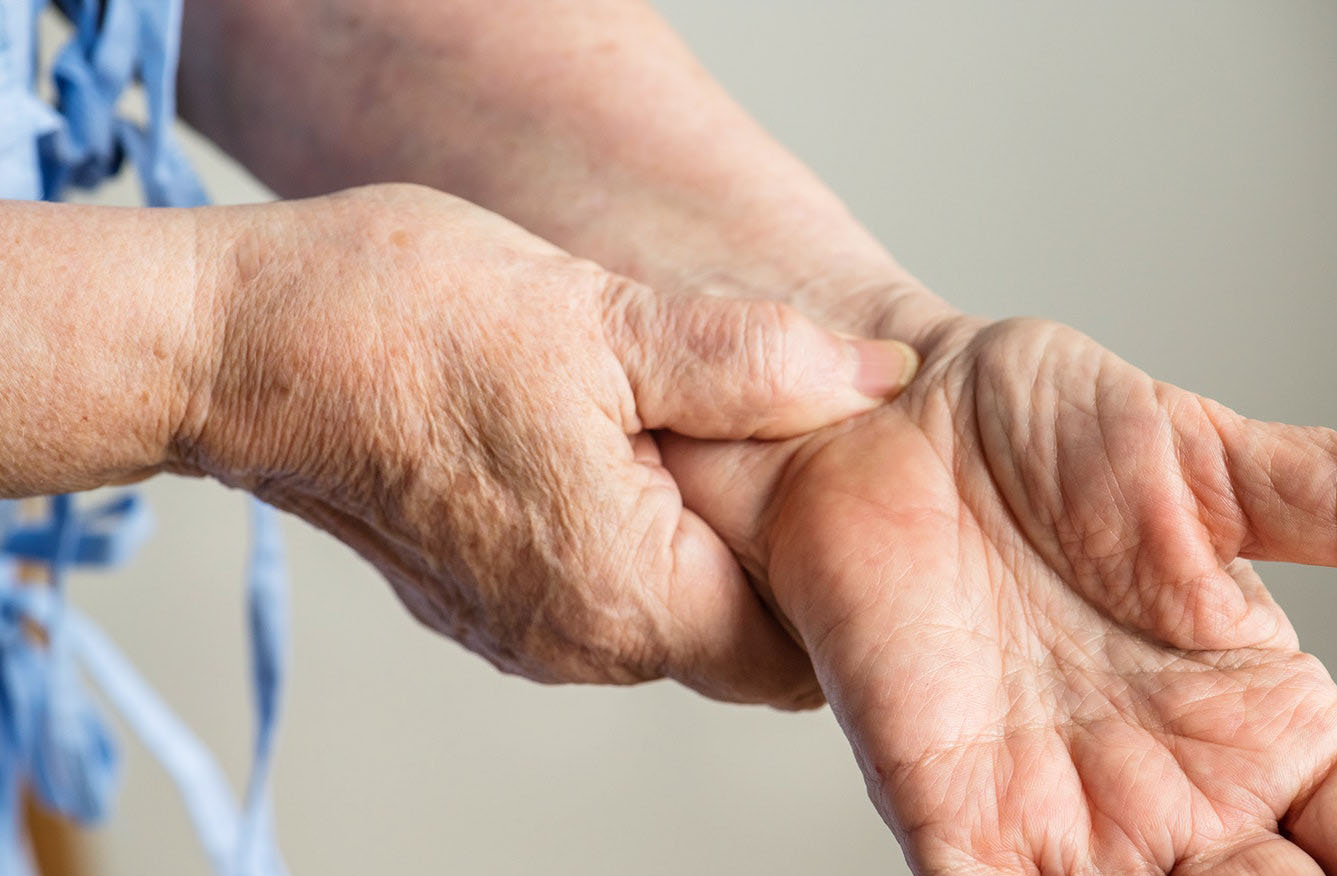Carpal Tunnel Syndrome

This is because the nerve called the median nerve gets impinged somewhere along its path. The median nerve is made up from the nerves in the neck (C5 – T1), and it travels through the arm to the hands.
Symptoms of Carpal Tunnel Syndrome
- Numbness and tingling
- Pain in the forearm
- Pain in hand
- Weakness in grip strength
- Thumb, index, and middle finger sensations (occasionally ring finger)
Causes of Carpal Tunnel Syndrome
We have also noticed that poor postural habits can contribute to CTS. Professions or activities that lead to prolonged strain on the neck have been shown to irritate the nerves that travel down the arms and hands. Professional like clerical work, hair stylist, electricians, painters, and many more might be affected.
What is the cause of Carpal Tunnel Syndrome?
Cervical Spine (Neck)
When misalignments (or Subluxations) occur, it can lead to irritation and damage to the nerves. This can be due to a major trauma, but it is very commonly seen by a series of micro traumas. CTS can be prolonged if the neck is not checked early on when experiencing symptoms. It is the most overlooked area checked by many providers. However, it can be one of the biggest factors in a faster recovery.
Pronator Teres Muscle
Carpal Tunnel (Wrist)
Identifying The Cause Helps To Understand The Treatment
To begin working on fixing the problem, we need to know what is causing the issue. It can often be multiple factors. It is important to have a thorough assessment to identify the problem. This is why Ahava Chiropractic has a very specific approach.
Once we identify the problem, we work on correcting and fixing it. This is through specific chiropractic adjustments. In addition to working on the spine, education on activities, stretches, and exercises may be necessary in getting more long term correction.
“We can not solve our problems with the same thinking we used when we created them.” – Albert Einstein
